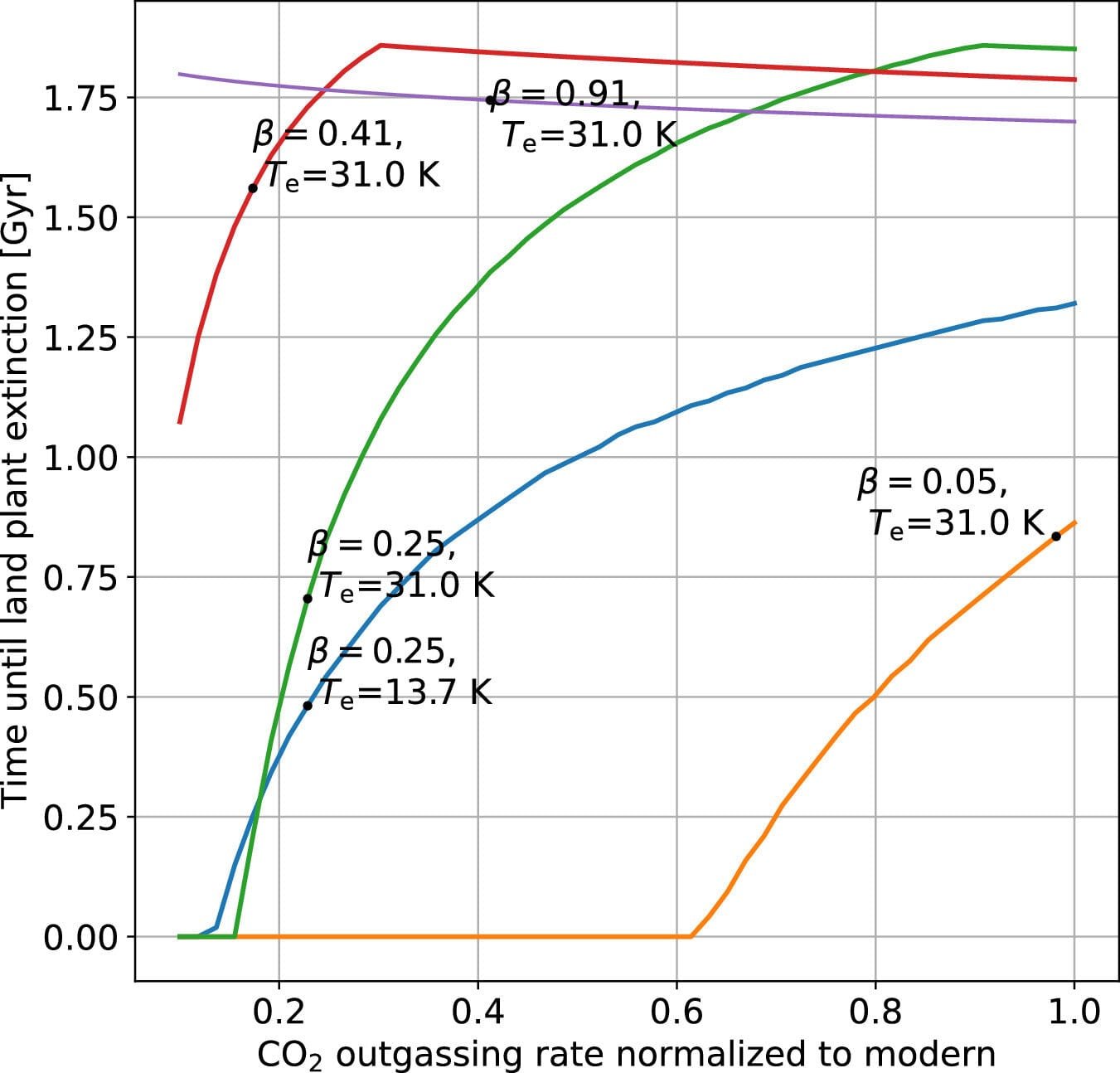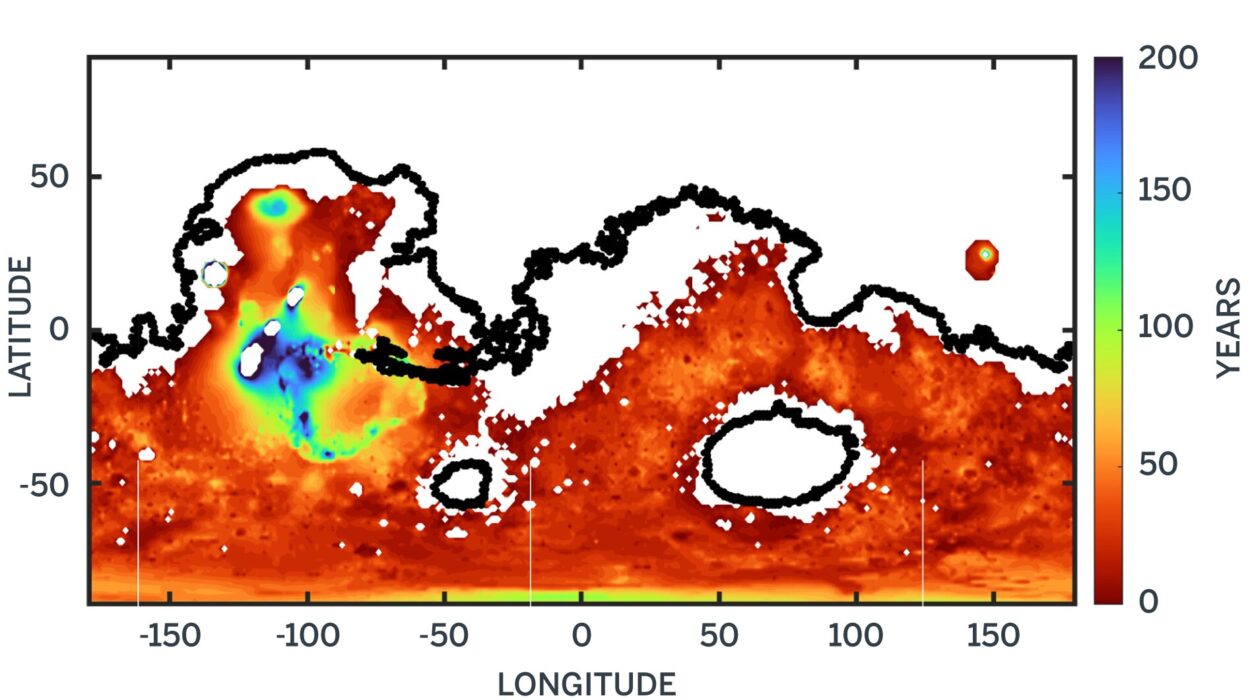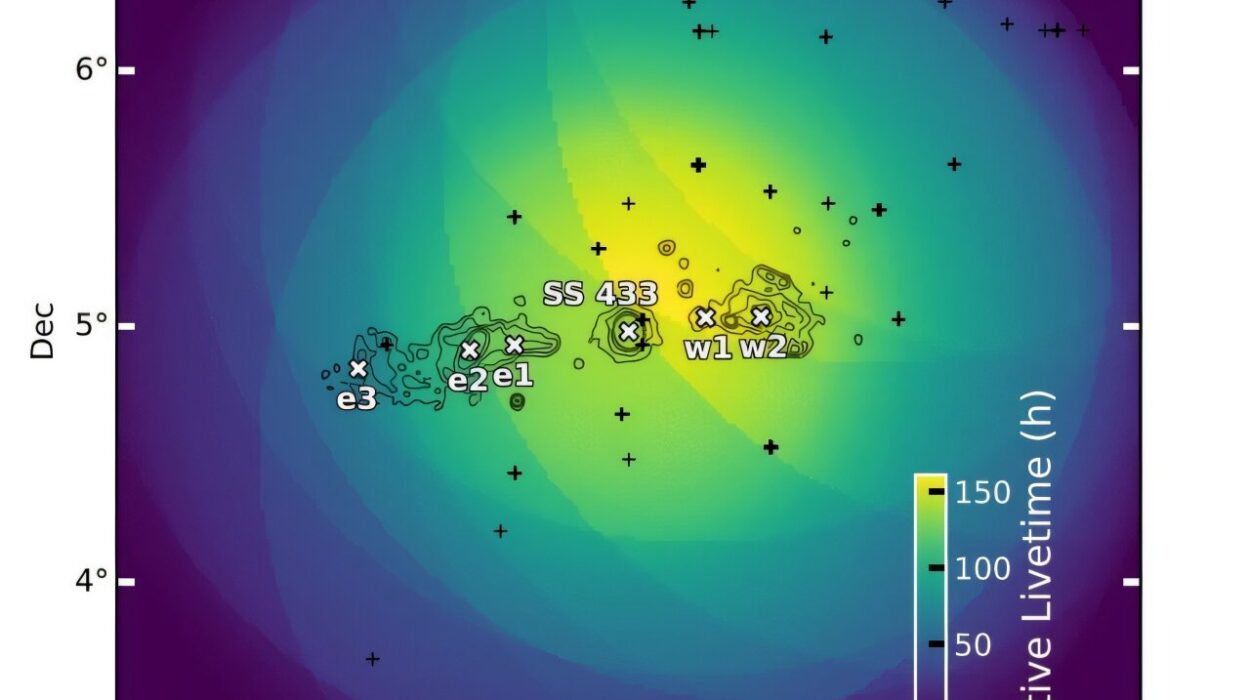Biology, as a scientific discipline, is intrinsically connected to the concept of life itself. From its most microscopic elements, such as the biochemical processes within cells, to the grand scale of ecosystems and the biosphere, biology seeks to understand the mechanisms and processes that govern the living world. The study of biology is vast, but its core revolves around the observation, understanding, and manipulation of the natural world, focusing on life forms in all their myriad expressions.
One of the most pressing topics in modern biology is the study of life on Earth in the context of its future trajectory, especially in relation to the conditions that sustain life. As human actions significantly influence global ecosystems, one cannot ignore the question of the Earth’s future viability for life. In the grand span of time, however, life on Earth faces several challenges, some of which are beyond our current control or understanding. We, as humans, are experiencing a unique period in Earth’s biological history—marked by unprecedented anthropogenic effects on the environment—but we are also on the brink of facing natural evolutionary shifts on a global scale. An interesting topic in this context is how Earth’s increasing solar luminosity will affect the biological future of life, particularly plants and the ecosystems dependent on them.
The sun, as the central energy source for life on Earth, undergoes gradual changes that are predicted to have long-term consequences for the planet. Over the course of billions of years, the sun’s luminosity increases slowly—about 1% every 110 million years. While this may seem negligible in the short term, this increase will eventually raise the surface temperature of Earth. While the timescale for this change is vast, its implications are profound and have led researchers to explore the eventual decline of life as we know it. This phenomenon will primarily influence biological processes by altering the fundamental cycles that support life, especially through the interaction between atmospheric carbon dioxide (CO2), weathering processes, and plant life.
The Earth’s climate is largely controlled by the balance of carbon in its atmosphere, which plays a central role in regulating temperature. One of the most critical processes that influence this balance is silicate weathering. Silicate weathering is the process by which silicate rocks, found primarily in Earth’s crust, interact with carbon dioxide and water to form carbonic acid. This acid, in turn, reacts with the silicate rocks, converting them into carbonate minerals such as limestone and dolomite. Over geological timescales, this process serves as a crucial mechanism for regulating atmospheric CO2 concentrations and, consequently, Earth’s climate.
As the sun’s luminosity increases, the rate of silicate weathering—already a key factor in carbon sequestration—will be altered. Silicate weathering occurs more rapidly in cooler conditions, but as Earth’s surface temperature rises, the rate of this weathering process will decrease. This will lead to a gradual increase in atmospheric CO2, as the process of converting silicate rocks into carbonates slows down. This cycle, however, is not entirely straightforward. When carbonates are buried and subjected to volcanic activity or metamorphism, they are converted back into silicates, releasing CO2 into the atmosphere and maintaining a balance. Over time, this interplay between silicate weathering, carbonate burial, and volcanic activity keeps the CO2 concentration relatively stable, provided there are no major disturbances.
However, the increasing luminosity of the sun introduces a complication. As the Earth’s surface temperature gradually increases, the rate of silicate weathering will continue to decline, exacerbating the loss of CO2 from the atmosphere. This reduction in atmospheric carbon dioxide will have a direct impact on plant life, as plants rely on CO2 for photosynthesis—a process critical for producing the energy needed for growth. As CO2 concentrations drop, plants will face a significant challenge in obtaining the necessary resources to survive.
Beyond the atmospheric challenges, the increasing temperature will compound the difficulties for plant life. As Earth warms, it will create conditions that are not conducive to the survival of many plant species. The combination of both CO2 starvation and increasing temperatures could lead to a widespread collapse of plant ecosystems. Given that plants form the foundation of most terrestrial food webs, the collapse of plant life would lead to the extinction of many species that depend on them, including herbivores and the carnivores that rely on them for sustenance.
Estimating the precise timeline for this ecological shift is no easy task. Various models have been proposed over the years, each with different assumptions about the rates of weathering, carbon cycling, and temperature increases. However, a recent study by scientists from the University of Chicago and the Weizmann Institute of Science has provided a new model that extends the future of Earth’s biosphere by up to 1.7 billion years. Their findings, published in The Planetary Science Journal, offer a more optimistic view of Earth’s future, suggesting that plants could survive much longer than previously thought.
The researchers’ model proposes that the relationship between weathering and CO2 concentration is more complex than previously assumed. Their work suggests that if weathering is weakly dependent on temperature (as recent data suggests) and strongly dependent on CO2, then the decrease in atmospheric CO2 due to the increasing luminosity of the sun could slow down or even reverse temporarily. This would extend the life of plants on Earth by allowing them to survive longer in a CO2-deprived atmosphere.
Under this model, the future of plant life could be sustained for an additional 1.6 to 1.8 billion years. After this period, plants would eventually succumb to either CO2 starvation or extreme temperatures. The authors propose two primary scenarios for plant extinction: one driven by CO2 depletion and the other by overheating. In the first scenario, the CO2 concentration decreases to nearly zero, and the Earth’s surface temperature rises to about 310 K (37°C). In the second, CO2 concentration decreases to about 170 ppm, and temperatures peak at 335 K (62°C). These temperatures are far beyond the comfort zone for most plants and would signal the end of most terrestrial ecosystems.
Interestingly, C3 plants, which make up the majority of Earth’s plant species, would be the first to go extinct, followed by C4 plants. The difference between these two plant types lies in their ability to fix carbon and tolerate higher temperatures. C4 plants, which include crops like maize, sugarcane, and sorghum, are more efficient at photosynthesis in hot, dry conditions. Therefore, they would survive for a longer period under higher temperatures. In the most optimistic scenario, C4 plants could persist on Earth for up to 500 million years before their eventual extinction.
This prolonged future of plant life on Earth has significant implications not just for the planet’s ecosystems, but also for the potential for intelligent life to emerge. The authors of the study also suggest that the extended lifespan of Earth’s biosphere could reduce the number of “hard steps” needed for the evolution of intelligent life. In previous models, researchers estimated that there were 4 to 5 critical evolutionary steps required for the development of intelligent life. However, the new findings suggest that this number may be closer to 2.4, meaning that the conditions for the emergence of intelligent life may be more common than previously thought.
These findings have broader implications for the search for extraterrestrial life. If life beyond Earth is common, the extended lifespan of biospheres on other planets may make the emergence of intelligent life a more likely occurrence. In this way, the research provides a new perspective on the potential for life beyond Earth and the conditions that might foster it.
Ultimately, the future of life on Earth is tightly bound to both natural processes and human actions. While the increasing luminosity of the sun will pose significant challenges to life on Earth, the extended window for plant life, as suggested by the new model, offers a bit more time for life to adapt or evolve. For humans, the ability to understand these long-term processes is essential for making decisions that could help preserve Earth’s biosphere for as long as possible. This knowledge also informs our search for life elsewhere in the universe, offering new insights into the possible conditions for life on other planets.
Reference: R. J. Graham et al, Substantial Extension of the Lifetime of the Terrestrial Biosphere, The Planetary Science Journal (2024). DOI: 10.3847/PSJ/ad7856






